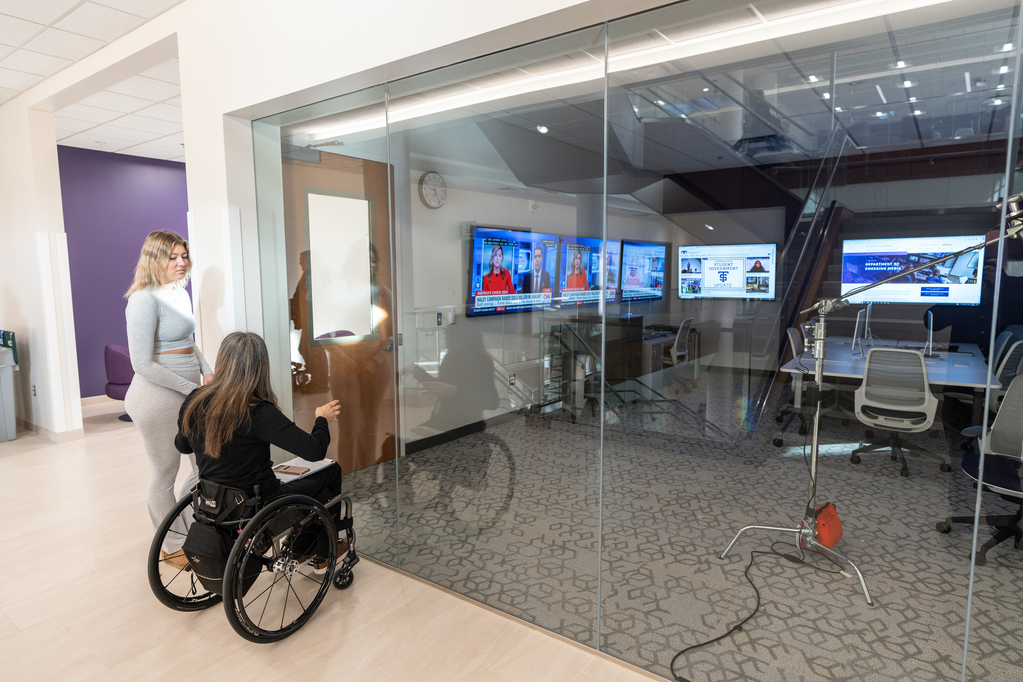As we all know, the world is becoming increasingly smaller every day. New technology can bring someone from halfway around the world into your living room in an instant. In both our professional and personal lives, we are interacting and communicating daily with people who are different. These differences are not just confined to ethnicity, gender and sexual orientation but can be organizational, team focused, societal, individual, global, and national. The list goes on. These cultural differences affect how we solve problems, how we communicate, how we manage our time, how we view authority, how we compete. They in fact, shape our values and norms. They define who we are.
Cultural intelligence is described by David Livermore as “the ability to be effective across various cultural contexts—including national, ethnic, organizational, generational, ideological, and much more.” It is closely related to emotional intelligence. It takes emotional intelligence to the next level where individuals understand their colleagues’ behavior is rooted in their cultural experience. Individuals who have high cultural intelligence are able to move seamlessly between cultures. Livermore explains that they possess the following:
- DRIVE: a high level of interest, drive, and motivation to adapt cross-culturally.
- KNOWLEDGE: a strong understanding about how cultures are similar and different.
- STRATEGY: awareness and ability to plan in light of their cultural understanding.
- ACTION: know when to adapt and when not to adapt when engaging cross-culturally.
Have you ever been on a team project with someone from a different nationality who is fairly silent during group meetings? One might assume based on our unconscious biases or stereotyping, that this individual is less intelligent or is unprepared for the discussion when in fact this person is a subject matter expert. Culturally though, they have been taught that the quality of input is more valuable than the quantity of comments. The team, in a rush to judgement and lack of intercultural sensitivity, talk behind the person’s back creating tension on the team which in turn leads to dissension and decreased productivity.
“When we get conscious about managing diversity, we are ‘tuning in’ to the indicators around us that tell us everyone does not see the world the way we do,” writes Dr. M. Elizabeth Holmes. “While we know that intellectually, when it plays out in a difference of opinion, a different response, or a different way of being, behaving, dressing, talking—you name it, we forget that everyone is not ‘just like me.’ It is at that moment that we have to wake up, realize we need to manage the diversity that is facing us and begin by thinking, ‘OK, who is in this mix and what are their perspectives?’ How is their perspective and behavior a direct result of their culture? How can I best work with or lead this person based on their cultural norms and values?”
As global business leaders, at St. Thomas we must embrace and celebrate differences. We should determine our cultural intelligence level and be intentional about moving towards a level of complete understanding. It is through the harnessing of the power of our individual differences and perspectives that we can maximize the human potential and better serve the common good.
Linda Sloan is director of industry relations and career management in the Opus College of Business.







